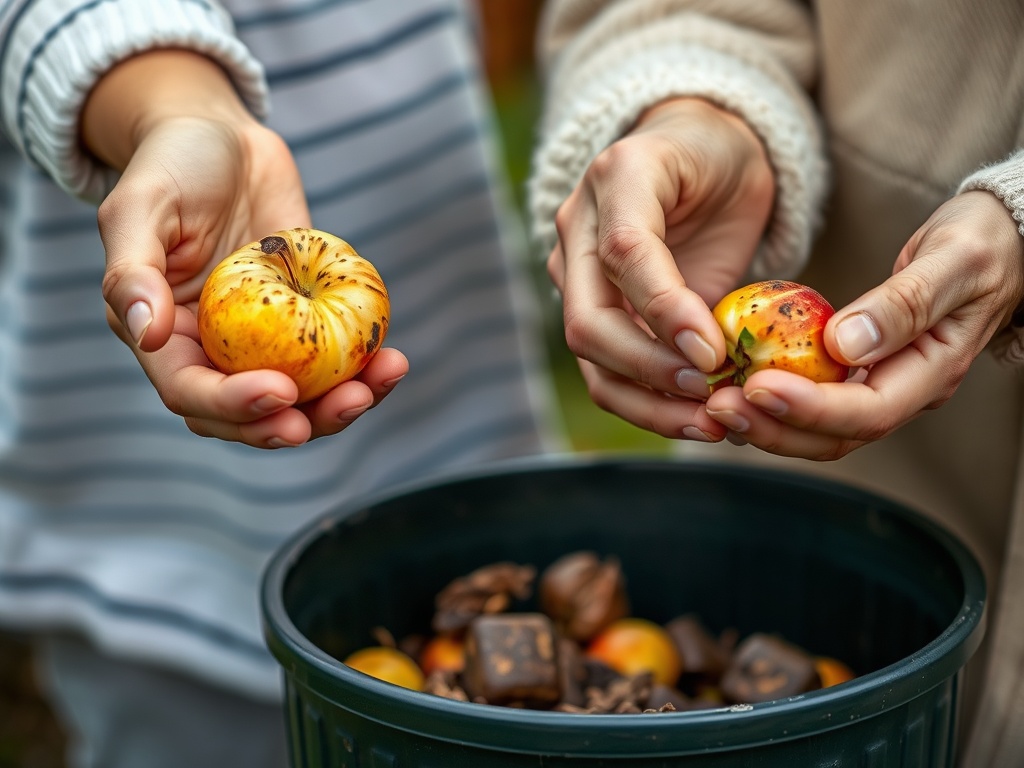A Journey Through Food Waste and Generational Perspectives

When my grandmother relocated, I found myself tasked with the arduous job of sifting through her pantry. Amidst the clutter, I stumbled upon a tin of raspberries boldly labeled as a “Product of Yugoslavia”. To put things into perspective, Yugoslavia had ceased to exist over a decade prior. One can only imagine how long that particular can of fruit had languished on a shelf in rural Shropshire. However, when I suggested that perhaps it was time to discard it, my grandmother shot me a look that could only be described as one of utter disbelief—as if I had proposed using her beloved pop socks as nunchucks.
The ongoing debate about when food is truly “past its best” is nothing new. The Ancient Greeks even had a humorous anecdote about Diogenes washing discarded lettuce in a stream—maybe you had to be there to fully appreciate it. According to a recent article in The Telegraph, nearly 10 million tons of food are wasted annually in the UK alone, much of which is thrown away while still perfectly edible. Unsurprisingly, millennials and Gen Zs are often branded as the main culprits, regularly discarding carloads of wholesome food for no other reason than a date stamped on the packaging.
Yet, the larger issue of waste occurs long before any food ever reaches the shopping basket of a typical twenty-something scapegoat. If you’ve ever visited a farm supplying major supermarkets, you would have witnessed the staggering piles of nutritious produce that are discarded, rejected, or simply left to rot in the fields. This happens because the produce either doesn’t meet specific packaging criteria—like baby corn that is just a tad too long for its plastic container—or because the labor wages are so dismally low that no one is willing to harvest it.
But I digress. Perhaps my generation is a bit too fastidious when it comes to determining what food is deemed “good”. Some may say we are overly cautious; however, use-by dates and best-before dates hold about as much significance in my life as Fermat’s Last Theorem. I’ve heard that some people dedicate significant portions of their energy to analyzing these dates, but to me, they are mere trifles. I’m not one to shy away from food; I’ll consume anything short of it sprouting actual, sentient tentacles and making a bid for freedom from my fridge (yes, I do own a fridge). I’ll slice off the moldy sections of bread, cheese, and vegetables, scrape the whiskery green fuzz off pesto, cream, and jam, and even utilize sour milk in soda bread or transform bruised fruit into delicious smoothies.
This adventurous approach, I suspect, stems from growing up in a household where cooking from scratch was the norm, meat was a rarity, and during particularly fruitful seasons, we even dabbled in growing our own produce. In that kind of environment, you learn to trust both your eyes and your instincts regarding what is safe to eat and what has earned its place in the compost bin.
I was likely influenced by older generations to see best-before dates as little more than a tactic employed by supermarkets to hasten their turnover and promote excessive consumption. I recall watching a friend of my mother peel and consume an orange so thoroughly covered in green, fluffy mold that it resembled a tennis ball. When I tentatively inquired if it was safe to eat, he simply replied, “A little dry, perhaps.” Remarkably, that man lived to be in his nineties, frequently splitting logs and clearing ditches well into his eighties.
Speaking of the color green, it wasn’t until I moved out and shared a flat with a group of meat-loving women in Leeds that I learned bacon is actually pink. In my grandmother’s kitchen, where pans of cold fat were left to sit for years, bacon often sported a mesmerizing sheen reminiscent of the Northern Lights—hues of turquoise, jade, and emerald. Yet, I never knew her to suffer from an upset stomach.
Thus, rather than casting blame on debt-burdened twenty-somethings who struggle to afford decent kitchens or gardens and are often forced to rely on pre-packaged or on-the-go meals, perhaps we should redirect our frustration toward the business moguls and supermarket shareholders who are profiting from this very scenario. Let’s place the blame where it truly belongs: on the profiteers, not the profiteroles.




